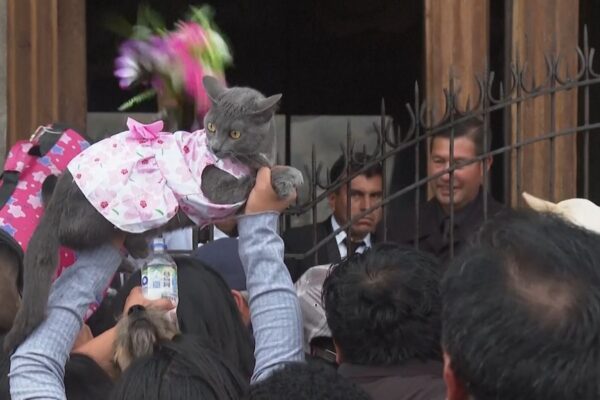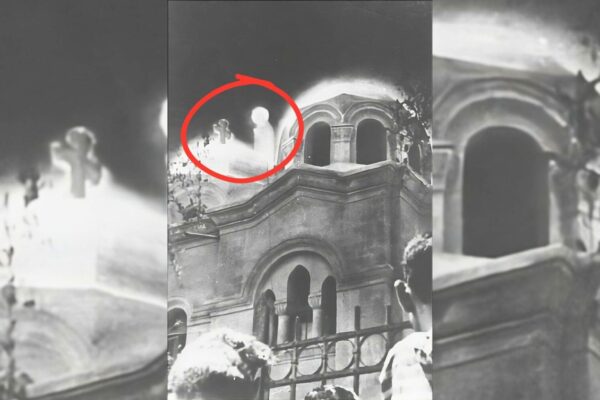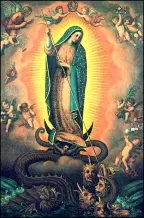
4 Simple Ways to Become Friends With Padre Pio
How to Build a Spiritual Friendship with Padre Pio When Padre Pio died on September 23, 1968, believers across the world were certain that the Capuchin friar would one day be declared a saint. His holiness, suffering, and supernatural gifts left a deep imprint on the faithful. Yet, it wasn’t until 1982 that the official investigation into his cause for sainthood began, and he was not canonized until 2002. By then, however, thousands of people already felt a deep spiritual connection with him—fulfilling a desire that he once expressed in prayer: “If only I could help you to help others, Jesus.” Even today, millions continue to turn to him for intercession, guidance, and inspiration. But how does one cultivate a true friendship with a saint? Here are four steps to developing a personal relationship with Padre Pio. 1. Learn About His Life Just as we get to know a friend by learning about their life, we can do the same with saints. Padre Pio’s life was filled with extraordinary events—miracles, stigmata, battles with the devil, and deep spiritual wisdom. Learning about his life will help you understand his mission and how he continues to help souls today. Some excellent books include: Padre Pio: The True Story – A well-regarded biography. Padre Pio Under Investigation: The Secret Vatican Files – A fascinating look at the scrutiny he endured from Church authorities. Additionally, many online resources share his writings, quotes, and teachings, which offer valuable insights into his spirituality. 2. Ask for His Intercession True friendship is built on trust, and a relationship with a saint is no different. Padre Pio was a powerful intercessor in his lifetime, and he continues to be one today. Many miracles have been attributed to his prayers. St. John Paul II, who met Padre Pio as a young priest, later wrote a beautiful prayer asking for his help. It begins: “St. Pio, teach us, we ask you, humility of heart so we may be counted among the little ones of the Gospel, to whom the Father promised to reveal the mysteries of His Kingdom.” Through prayer, ask Padre Pio to help you grow in faith, love, and holiness. Ask for his intercession in your trials and struggles. He once promised, “I will stand at the gates of Heaven until all my spiritual children have entered.” He is eager to help you! 3. Imitate His Virtues Friendship leads to admiration and imitation. As you deepen your bond with Padre Pio, strive to live as he did—with love, faithfulness, and total trust in God. Some key virtues he embodied include: Prayer – He prayed constantly, especially the Rosary. Humility – Despite his fame, he remained a humble friar. Sacrifice – He bore the stigmata and suffered greatly, yet always united his pain with Christ’s. Charity – He founded a hospital and cared deeply for the sick and suffering. A powerful example of his heart for others comes from his words to doctors and nurses at his hospital: “You have a mission to look after the sick, but if to the sick bed you do not bring love, I don’t believe that medicine will help much. Bring God to the sick.” In your own life, try to imitate this love—whether by being more patient with others, offering your sufferings to God, or deepening your prayer life. 4. Share Padre Pio with Others A true friendship is not meant to be hidden. If you experience Padre Pio’s help and intercession, share his story with others—especially those who are suffering, lost, or searching for faith. Ways to share include: Gifting a Padre Pio prayer card to someone in need. Sharing a book or article about him. Inviting a friend to pray at a church with a Padre Pio statue. Even a simple conversation about his miracles and teachings could spark someone’s faith. Conclusion Padre Pio is not just a saint of the past—he is a friend and intercessor for us today. By learning about his life, asking for his prayers, imitating his holiness, and sharing his devotion with others, you can build a real spiritual friendship with him. As he often reminded his spiritual children: “Pray, hope, and don’t worry. God is merciful and will hear your prayer.” May Padre Pio intercede for us all!








